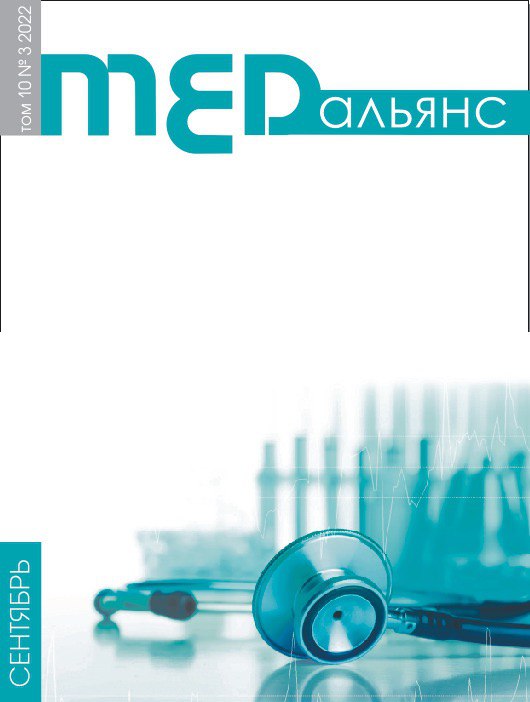Abstract
During the pandemic, systematic errors inevitably arise due to the need to first diagnose a spreading infectious disease. The coronavirus infection caused by the SARS- CoV-2 virus, has become a pandemic since 2019, and continues to have a great impact on public health and socio-economic development. In conditions of intensive work of the healthcare system with mass admission of patients, radiologists and clinicians primarily considered a patient with a picture of lung damage as a patient with probable COVID-19, where the basis of the diagnosis was more often a symptom of «ground glass» than the de- tection of the virus. In such conditions systematic errors in the definition of the disease and false positive results of COVID-19 diagnosis may occur in patients with oth- er nosologies. Many cases of diseases masquerading as COVID-19 and initially mistaken for it have already been described in domestic and foreign literature. The prob- lem of differential diagnosis of COVID-19 is relevant due to its high contagiousness, rapid spread, high risk of in-
fection of medical personnel. The article discusses lung diseases of infectious and non-infectious etiology with the presence of a «ground glass» symptom on comput- ed tomography (CT) scans. CT is a powerful tool in the diagnosis of COVID-19, capable of assessing the degree of damage to lung tissue, the presence of complications, but its low specificity requires additional efforts on the part of medical professionals and the use of other me- thods to exclude diagnostic errors. The review presents research data on the differential diagnosis of nosologies with high visual similarity to CT images of COVID-19. It is important not to allow the situation to affect the clinical thinking of doctors. Identification of differences at the stage of initial examination of patients with lung tissue damage is crucial for diagnosis, optimal direction and saving of human and material resources of the health- care system.

